Insulation Tips
Bulk vs Reflective Insulation
When it comes to insulating your home or business, choosing the right product for the job is essential. But knowing where to start can be confusing – especially with so many products on offer.
Bulk and reflective insulation are among the two most common types of insulation in Australia.
In this blog, we will explain what they are, what they are used for and how to choose between the two types.
What is bulk insulation?
Bulk insulation consists of millions of air pockets which act as a barrier to heat flow – preventing heat from coming in or escaping.
Bulk insulation is a common type of low-density insulation material that is used to insulate homes and businesses across Australia. When installed correctly, bulk insulation is highly efficient at regulating indoor temperatures. The most common bulk insulation products include polyester and glasswool insulation.
What is reflective insulation?
Reflective insulation is a foil-based insulation that, as the name suggests, reflects heat radiation off its surface, keeping the space behind it cooler. Foil insulation requires a layer of trapped air to effectively improve the thermal performance of the house or building.
Reflective foil wraps work best in hot climates. In colder climate zones, a vapour permeable wall wrap is required for moisture control.
Reflective insulation is highly dependent on the surrounding environment and installation techniques, so its R-value isn’t easy to define.
For reflective insulation to work properly, it should be kept as clean as possible. Any dust or dirt that lands on the reflective surface can impede its ability to bounce back radiant heat.
Bulk insulation vs reflective insulation: similarities and differences
The main difference between bulk and reflective insulation is the way they respond to heat. Heat can be transferred in three different ways:
- Conduction (heat transfer between two adjoining surfaces)
- Convection (heat transfer via liquid or gas)
- Radiation (heat transfer via electromagnetic waves, like the sun)
Bulk insulation provides a thermal barrier to heat conduction and convection, whereas reflective insulation works best against radiation (although bulk insulation helps here too).
When it comes to performance, much depends on how they are installed. Reflective insulation on its own is best installed on vertical or sloping angles to minimise the amount of dust that settles on its surface over time. Walls and roofs are therefore ideal. Bulk insulation doesn’t have this problem, but products such as glasswool insulation should be kept away from moisture and potential leaks.
Bulk insulation for soundproofing
Bulk insulation is significantly more effective at reducing the transfer of noise than reflective insulation. Acoustic insulation batts are used extensively in homes, music recording studios, offices and other applications where noise is an issue. The thicker and denser the insulation material, the more effective it is at preventing the soundwaves from passing through. Check out this blog here for more on how soundproofing works.
Best types of bulk insulation
Bulk insulation comes in many different shapes and sizes. Depending on your project, local climate, and surroundings, you may prefer to select bulk insulation over other types due to its “double barrier” effect – preventing heat from escaping – or entering.
Common types include Knauf Earthwool Ceiling Insulation Batts which use innovative ECOSE technology to produce low-itch, easy to install insulation batts.
Rockwool batts like James HardieFire Rockwool Insulation are suitable for partition walls between dwellings, due to their high fire rating.
Bulk insulation also includes the likes of polyester insulation like Bradford Polymax Polyester Wall Insulation Batts, and Polystyrene (XPS) Foamex StyroTherm Extruded Polystyrene Sheets.
Best reflective insulation
Reflective insulation comes in many different shapes and sizes. The most common are foil-faced blankets (or sarking), rigid foil-faced boards like Foilboard® Green or even multi-cell foil products like Kingspan Air-Cell Insuliner Insulation.
Predictably, reflective insulation is best suited to climates where there’s plenty of heat to reflect. With varying climates across Australia, it’s best to check with the experts before you buy.
Need help deciding on the best reflective insulation for your project? Don’t hesitate to contact the experts here at Pricewise. Our team is standing by to answer the call on 1300 729 639.
How to choose between bulk insulation vs reflective insulation
Bulk and reflective insulation insulate differently and are naturally better at some jobs than others.
If you live in a hot, sunny environment, reflective insulation will work well, as the focus is keeping heat out. Bulk insulation, on the other hand, is best suited towards homes and businesses located in more moderate or volatile climates where it gets cool (or well below freezing) in the winter months and hot during the summer period.
Can you combine the two?
Bulk and reflective insulation both have their unique advantages, so what about combining the two?
Combining bulk and reflective insulation can be an effective strategy to boost your R-value, and increase your thermal resistance. Much depends on your goal. If pure insulation from heat and cold is your aim, then a combination can certainly help you achieve this goal. Products like Knauf Earthwool Roofing Blanket Roll with Foil Facing can also be beneficial if you’re looking to combine the effects of both types.
Why your choice matters
Choosing the right insulation can make all the difference. When it comes to bulk insulation vs reflective insulation, your choice determines your R-value, and how your interior space will feel.
Choosing the right insulation for your project can also help you reduce your energy bill and keep your home protected all year round. With well-planned and properly installed bulk or reflective insulation, your interior spaces will be both cheaper and easier to live in.
Source quality Australian-made insulation with Pricewise
If this blog has helped you make up your mind about what is the best reflective insulation for you, make sure to head over to our website and purchase your set today! If you still need a little help figuring out which is best for you, why not give our experts a call?
For quality insulation, tips and more, head on over to our online shop, or simply give us a call at 1300 729 639.



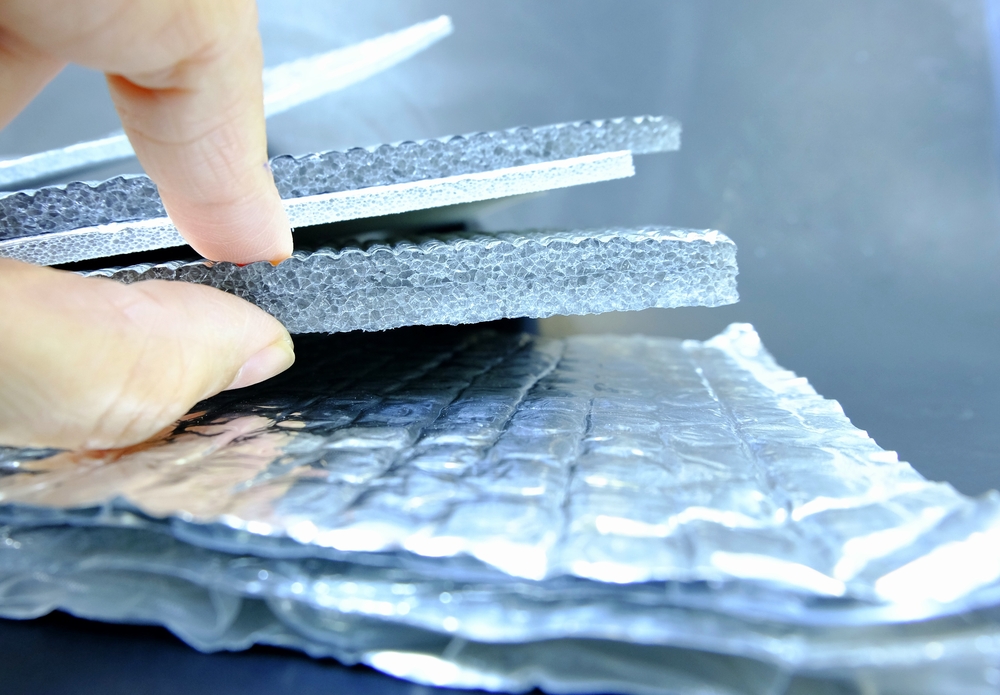
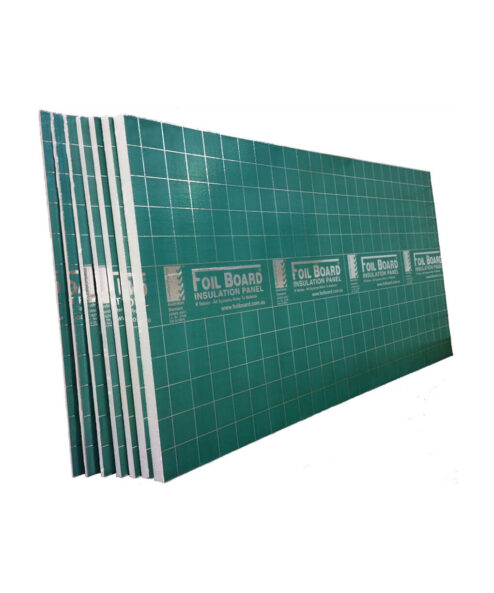
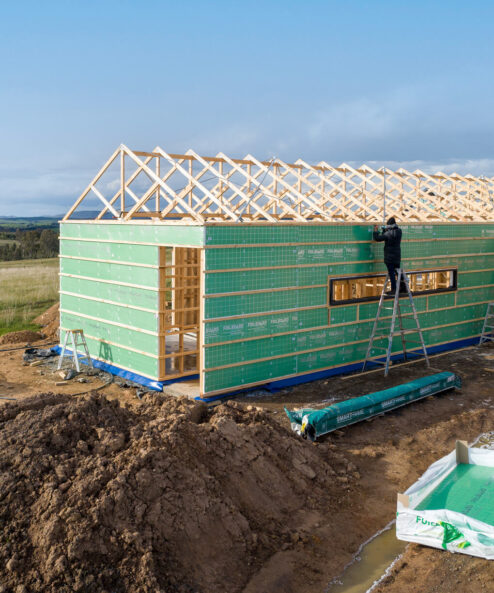
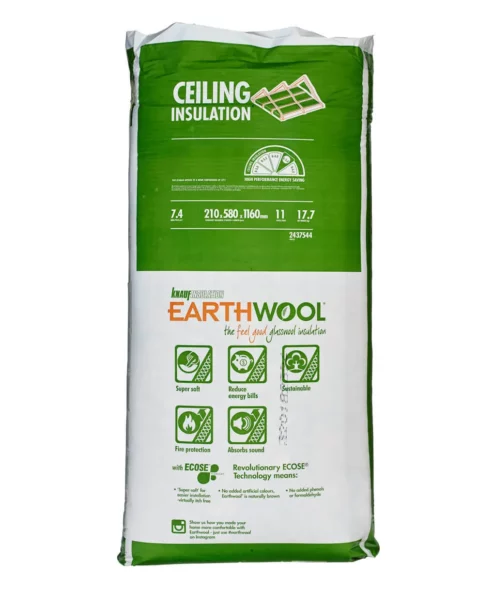
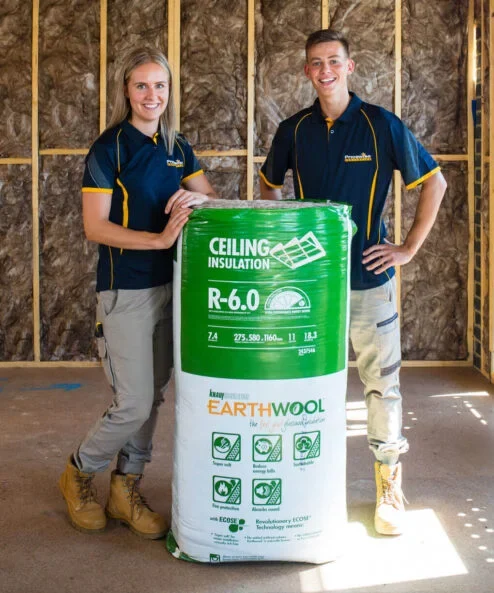
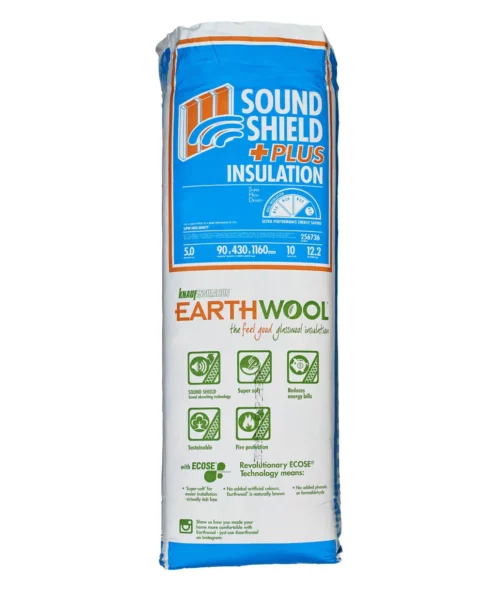
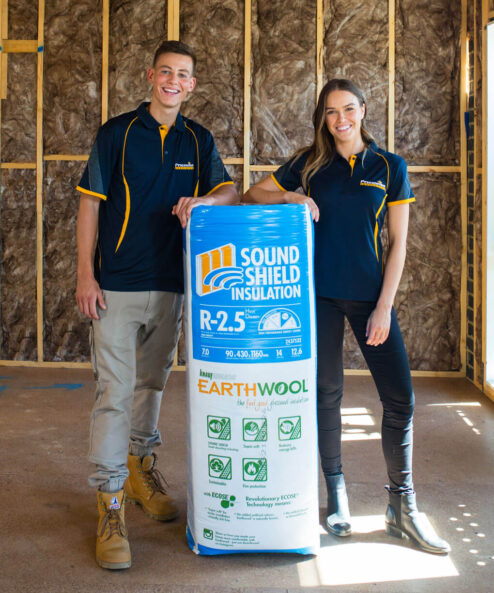
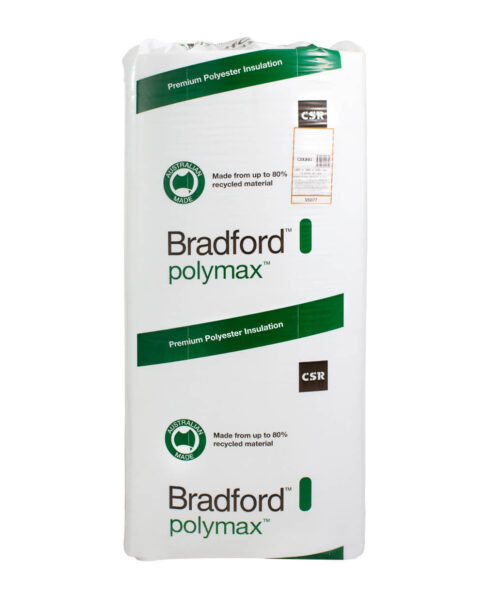
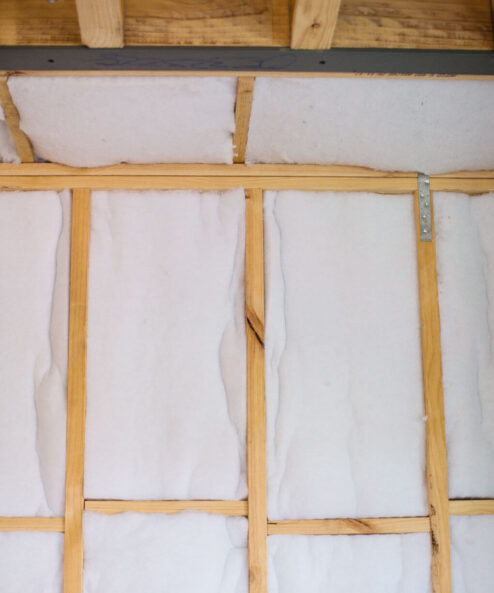
What are your thoughts on using foil board in cool climates to keep/reflect heat inside a house and stop it escaping?
Also how does sarking/vapour barriers effect the effectiveness of insulation? If a brick house does not have sarking/wrap or wall insulation, (only plasterboard and bricks) around it what products would you recommend for a renovation? This is in a cold winter climate, southern NSW
Hi Sandy,
Foilboard Insulation is an option and works well in applications where you can create an enclosed air space.
Regarding sarking and vapour barriers, the less wind that you have going past the batt, the more effective it will work. Sarking generally works as a wind barrier and also a drainage plane for any water condensation that might form in the cavity. However, installing insulation batts in a cavity without sarking will still make the home more energy efficient. Try and get the insulation flush with the back of your plasterboard.
Another option is to cut rolls of wall wrap (sarking) and staple this between the joists, prior to installing the insulation batts. We’d typically recommend a product such as Watergate Plus by Thermakraft in combination with R2.5HD Earthwool Sound Shield Insulation Batts.
Feel free to give us a call on 1300 729 639 if you have any further questions.
Cheers,
Paul